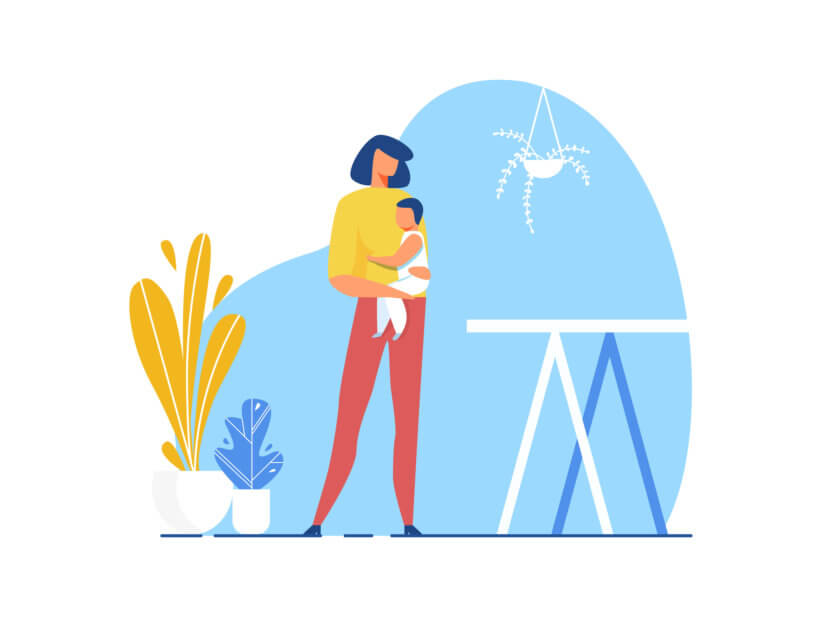If you’re interested in banking your baby’s cord blood, you can store the blood privately so it’s available for your baby or another family member to use, or donate it to a public cord blood bank at no charge, where it can be used to treat people with life-threatening illnesses. Either way, put cord blood banking in your birth plan, then inform your obstetrician or midwife and the hospital or birthing facility of your intentions.
Private banking is an investment. There’s an average one-time fee of $2,000 and a yearly storage fee of around $130. The cost can be a financial burden for a couple just starting out. To offset the expense, “put cord blood banking on your baby registry,” Dr. McAllister says.
Cord blood banks must store cord blood under pristine conditions. There are 29 AABB (formerly known as the American Association of Blood Banks) accredited private cord blood banks in the U.S. AABB maintains standards for cellular therapy services to which accredited banks must adhere.
Cord Blood Registry’s laboratory and storage facility in Tucson, Arizona, for example, is fortified with bullet-resistant glass, has one of the largest backup generators available, and monitors temperature every 1.6 seconds. For a complete list of AABB accredited private cord blood banks, visit www.aabb.org/sa/facilities/celltherapy/Pages/CordBloodAccrFac.aspx. Cord blood can be stored indefinitely.
If you decide to bank your baby’s cord blood privately, contact the storage facility you select several months before your baby is born. You’ll be sent a collection kit that contains two vials. Give the kit to your obstetrician when you’re in labor. Once the vials are filled, they’ll be shipped or taken by courier to the facility, where the cord blood is documented and placed into storage within 24 hours. If you choose to donate your baby’s cord blood, ask your obstetrician or midwife how to go about it at the hospital or birthing center where you’ll be delivering.
“If you do nothing else, at least educate yourself about cord blood banking,” Dr. McAllister says. For more information, start by visiting the Food and Drug Administration at www.fda.gov/biologicsbloodvaccines/resourcesforyou/consumers/ucm236044.htm.





















